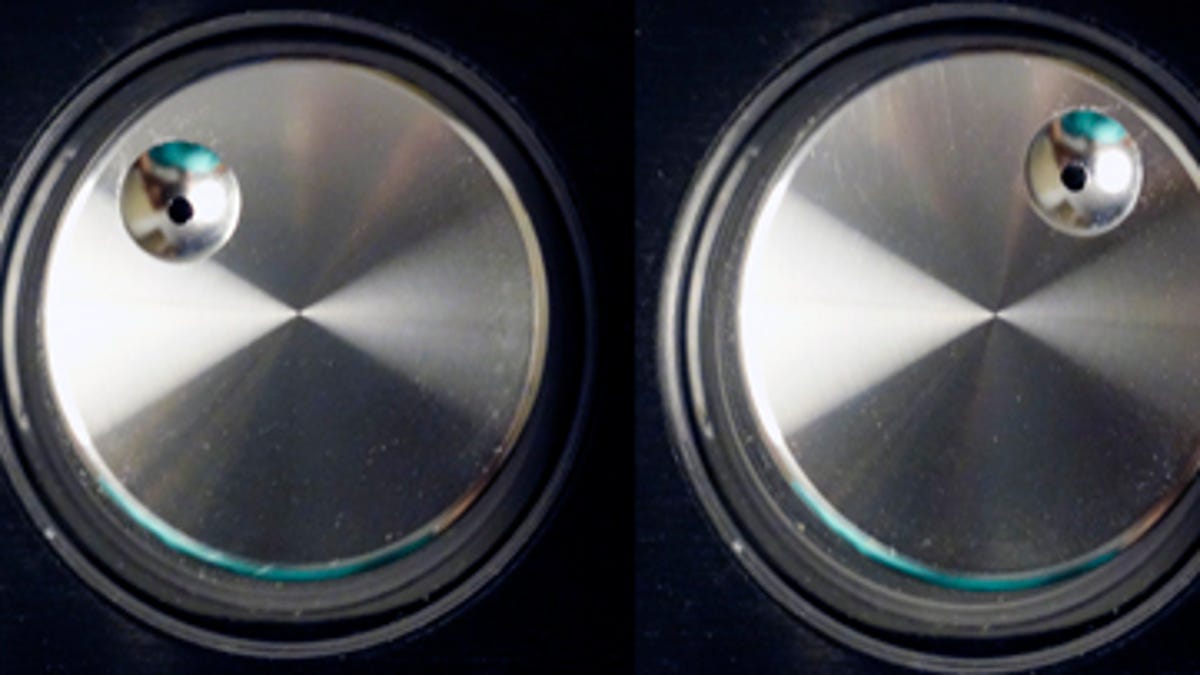Does it go to '11,' and other myths about volume
The Audiophiliac muses about why gearheads fixate on wattage and power.

The "Spinal Tap" reference to the volume control that goes to "11" notwithstanding, there's a lot of confusion surrounding volume controls. There shouldn't be; the volume control setting has nothing to do with how loud an amp can play. Some folks mistakenly think that if you don't have to turn the knob up very far from the minimum setting to achieve high volume, that "proves" it's a powerful amp. No, not at all; the maximum volume level of any amp is determined not by how far you turn the knob, but by the amp or receiver's power output. The position of the volume control doesn't indicate the amount of watts driving the speaker; the only real concern is whether the amp can play loud enough to suit your needs, and it doesn't matter in the least whether the volume control is at 9 o'clock, 12 o'clock, or 3 o'clock.
Here's another volume control/output power myth: The lower position for a given volume control setting indicates that the amp is "coasting" to produce the required volume. No way, again. The amp has a maximum output level, the volume control's position isn't the limiting factor. Of course, the same logic applies to amps and receivers that don't have knobs, just numerical readouts, even if they go all the way up to "99."
Amplifier power is measured in watts, as in "100 watts per channel," but what does that really mean? Do all 100-watt-per-channel receivers actually deliver 100 watts? Unfortunately, most power ratings are meaningless; a 100-watt-per-channel home theater in a box, soundbar, receiver, or audiophile power amp will have wildly different power capabilities, but maximum power probably isn't all that important. Most folks never come close to using all the power, unless they regularly play their hi-fi or home theater really loud, or have an exceptionally large room (over 800 or 1,000 square feet). Some people say they rarely play music or movies loud, but it doesn't matter how often you want to rock out. It's like saying I usually drive at the speed limit, but if I'm in the mood I may want to hit 140 mph; if so, then you need a car that can go 140 mph. If you occasionally like to push the volume way up, buy the biggest receiver or amp you can afford.

